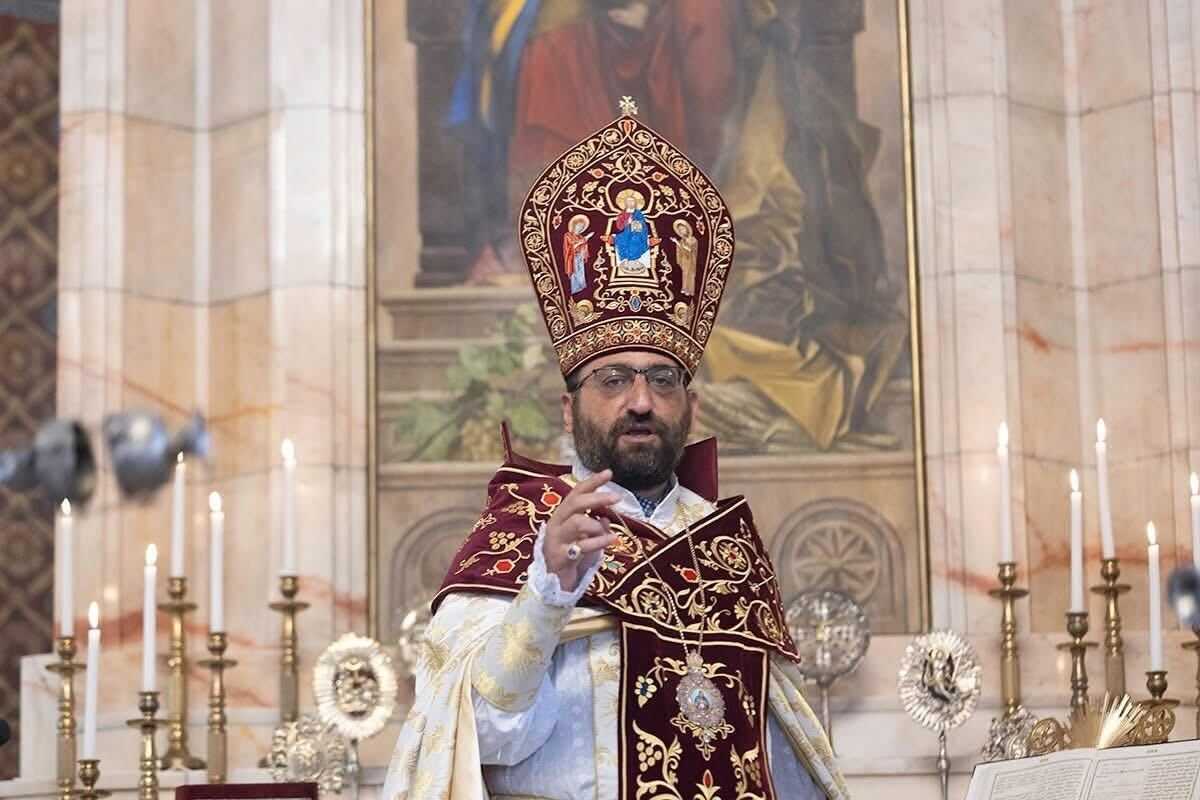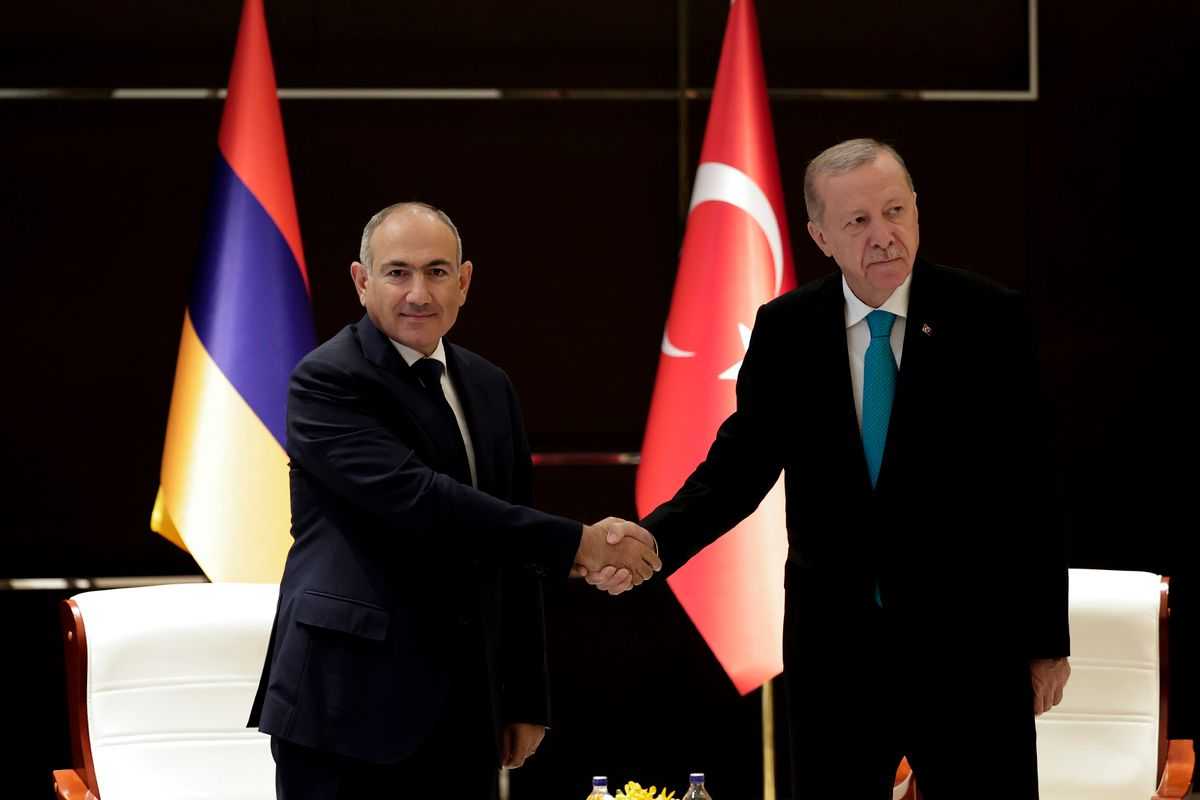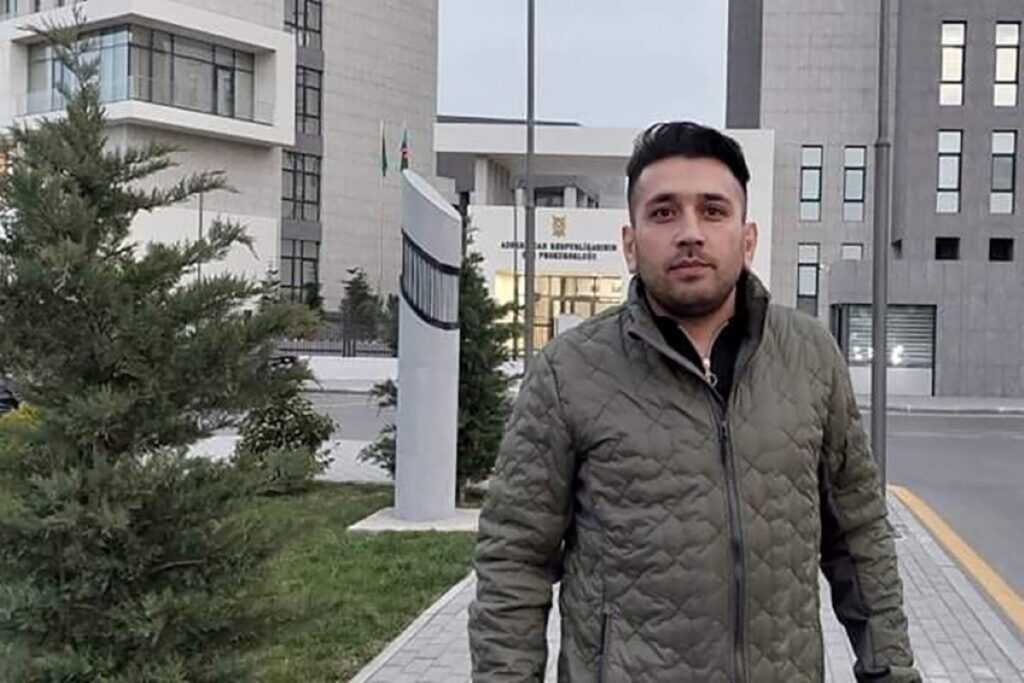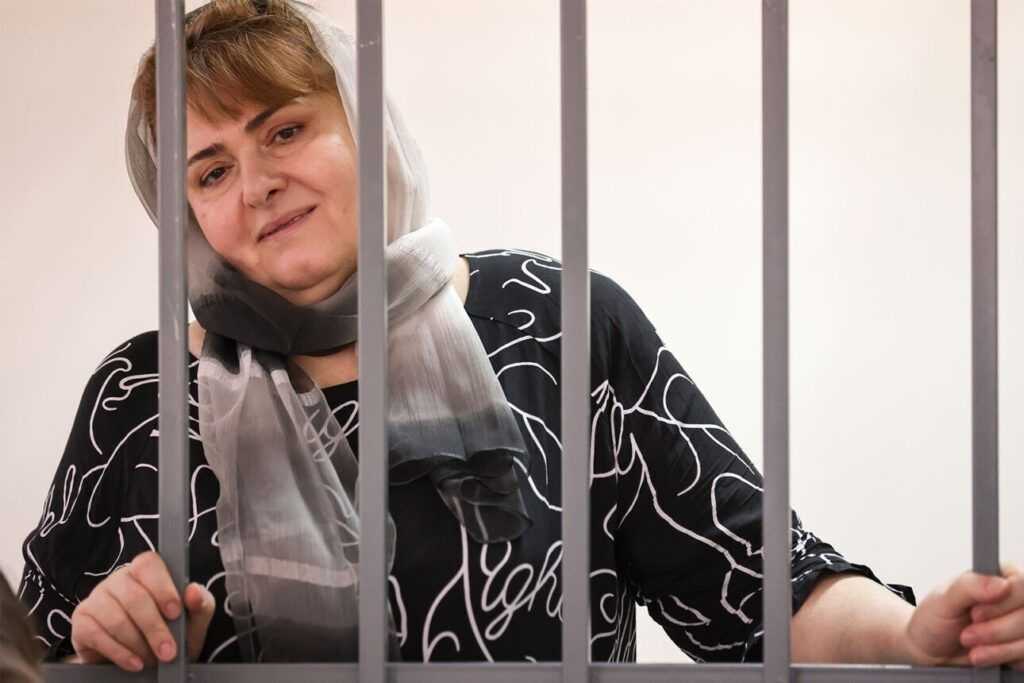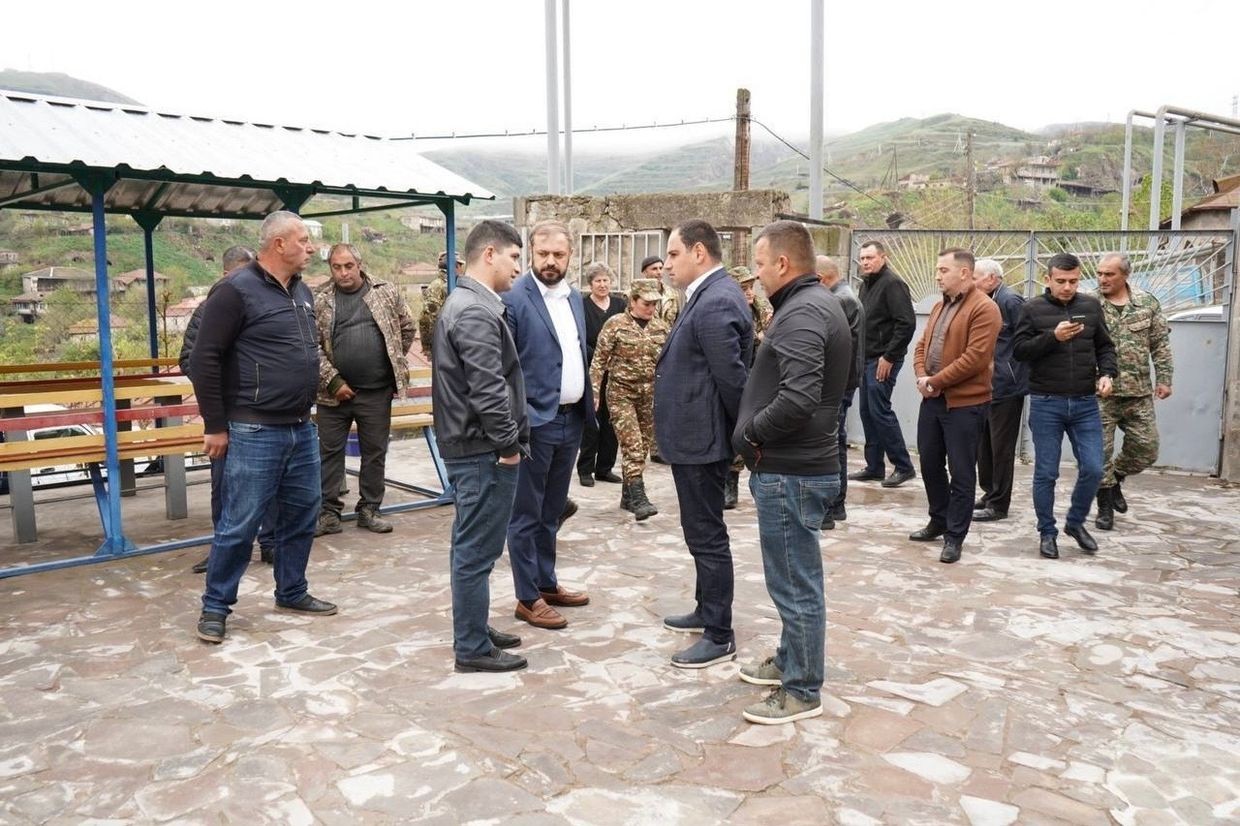
On Monday night, Armenian Economic Minister Gevorg Papoyan and Minister of Territorial Administration and Infrastructure Davit Khudatyan stayed overnight in Khnatsakh village in the Syunik province, as part of their visit to the border villages where Azerbaijani fire has reportedly been heard during the night for over a month.
According to the Economic Ministry, the purpose of their visit was to gain a deeper understanding of the existing issues, the community’s daily life, and the needs of the residents.
After spending the night in the village, on Tuesday morning, the ministers met with the residents of Khnatsakh, then had meetings in the neighbouring villages of Vaghatur and Khoznavar, where they answered the questions from local residents.
Since 31 March, the Armenian Defence Ministry has reported four cases when residential houses and a culture centre in Khnatsakh and Khoznavar were targeted by Azerbaijani fire, providing footage showing the damage and the bullet remnants.
The recent rise of tension started shortly after Armenia and Azerbaijan ostensibly agreed on the terms of a peace deal on 13 March, after which, as of Wednesday noon, Armenia has denied Azerbaijan’s accusations of violating the ceasefire 26 times.
Against the backdrop of increased ceasefire violations claims, as well as numerous reports from Armenia’s border villages of shootings from the Azerbaijani side, particularly at night, the EU Mission in Armenia announced that starting from March, they had increased the number of night patrols to ‘enhance nighttime security and safety and relieve possible tensions’.

In addition to discussing the security situation, Papoyan also expressed the government's readiness to take steps to support the development of communities and ensure economic stability.
In a short video shared online, Papoyan elaborated on the ongoing infrastructure works, mentioning the construction of a water pipeline and major renovation of the roads.
While the ministers discussed with locals the possibilities for developing agriculture, RFE/RL reported on Monday that a resident of Khnatsakh told them that village locals were afraid to cultivate their lands, and that the shepherds have been threatened and verbally insulted by Azerbaijanis.
‘One thing is certain and truly gratifying — our beloved citizens [....] are very strong and deeply rooted in their land. They are the ones who best and most realise the true value of peace and show great support for the peace agenda’, Papoyan said in his concluding remarks.
According to the ministry’s readout, in talks with locals, Papoyan affirmed that ‘the primary prerequisite for the development of communities — especially those in border areas — is the establishment of stable and lasting peace’.
Earlier on Monday, the ministers visited the Zangezur Copper Molybdenum Combine as part of their visit to Syunik. The Zangezur mine is among Armenia’s largest taxpayers, with the Armenian government owning 21.8% of the total shares.
Starting on 31 January, the miners launched a major strike in demand of better working conditions and pay. They stopped it only on the 11th day of the strike, after an agreement had been reached with the management to resolve all the issues raised.





